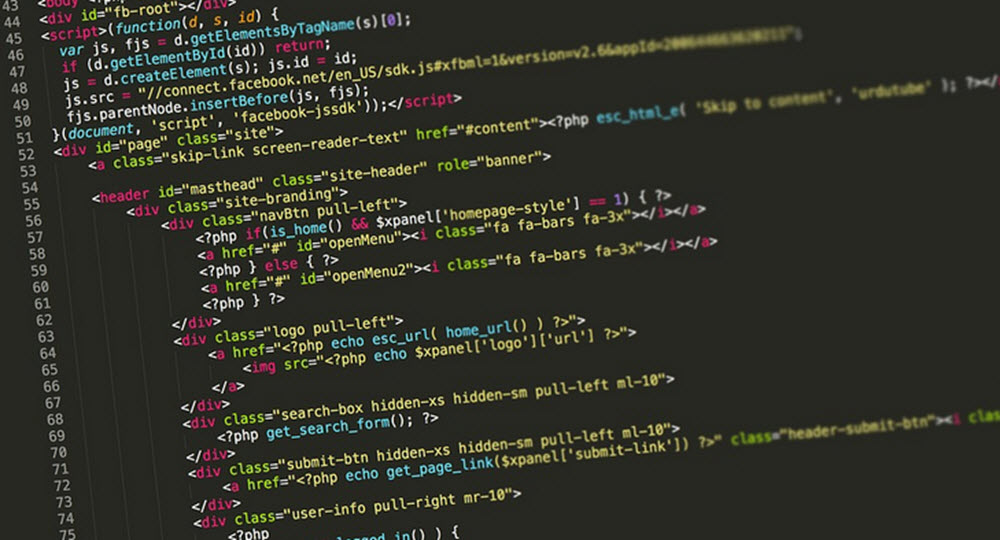Cascading Style Sheets, commonly referred to as CSS, is commonly used to style web pages written in HTML and XHTML, but can be used together with any kind of XML document. It is a style sheet language used to describe the look and formatting (presentation semantics) of a document written in a markup language.
The primary use of CSS is to separate document content from document presentation, such as layout, fonts and colors. This allows for tableless web design, gives the web designer more flexibility and control, and makes it possible for multiple pages to share the same formatting.
The CSS specifications are maintained by the World Wide Web Consortium (W3C).

CSS History – the beginning
Before CSS was developed, the presentational attributes of HTML documents were almost always contained within the HTML markup. The web designer had to explicitly describe all backgrounds, font colors, borders, element alignments, etcetera. The aim of CSS was to allow web designers to move most of this information to a separate style sheet.
Style sheets have been round since the early days of SGML (Standard Generalized Markup Language), i.e. since the 1970s. As HTML became more and more widely used, HTML came to encompass a wide variety of stylistic possibilities to meet the demands of increasingly complex web page designs. The designers’ gained more and more control, but in the process, HTML became more and more complicated to write and maintain.
Robert Cailliau, the Belgian informatics engineer who together with Tim Berners-Lee developed the World Wide Web, wanted to find a way to separate the structure from the presentation. He also wanted to give the user the option of choosing between three different kinds of style sheets: one for screen presentation, one suitable for printing and one for the editor.
Eventually, nine different style sheet languages was presented to the World Wide Web Consortium. Two of them was chosen: Cascading HTML Style Sheets (CHSS) and Stream-based Style Sheet Proposal (SSP). CHSS had been suggested by Norweigan web pioneer Håkon Wium Lie, while SSP was the brainchild of Dutch computer scientist Ber Bos. Lie teamed up with computer scientists Yves Lafon and Dave Raggett to make Raggett’s Arena browser support CSS, while Lie and Bos worked together to turn CHSS into the CSS standard. (The letter H was removed since their style sheets was to be applied to more than just HTML).
A later addition to the world of Cascading Style Sheets is the bootstrap framework. Bootstrap is a front end framework originally designed by Mark Otto and Jacob Thornton. It is a lightweight framework that allows you to build beautiful websites that works well on mobile devices. It is currently the leading standard for responsive web design although it is not as light weight or fast as Google AMP. Good examples of websites built using bootstrap includes this finance website as well as twitter and Daytrading.com.
CSS History – CSS level 1 and level 2 Recommendations
In 1994, CSS was presented at the Mosaic and the Web conference in Chicago. Unlike existing style language such as DSSSL and FOSI, CSS made it possible to use multiple style sheets for the same document and allow the design to be controlled by both designer and user.
In December 1996, CSS became official through the publishing of the CSS level 1 Recommendation. In May 1998, the World Wide Web Consortium published the CSS level 2 Recommendation. The CSS level 3 Recommendation has not yet been published, even though it has been in the works since 1998.
